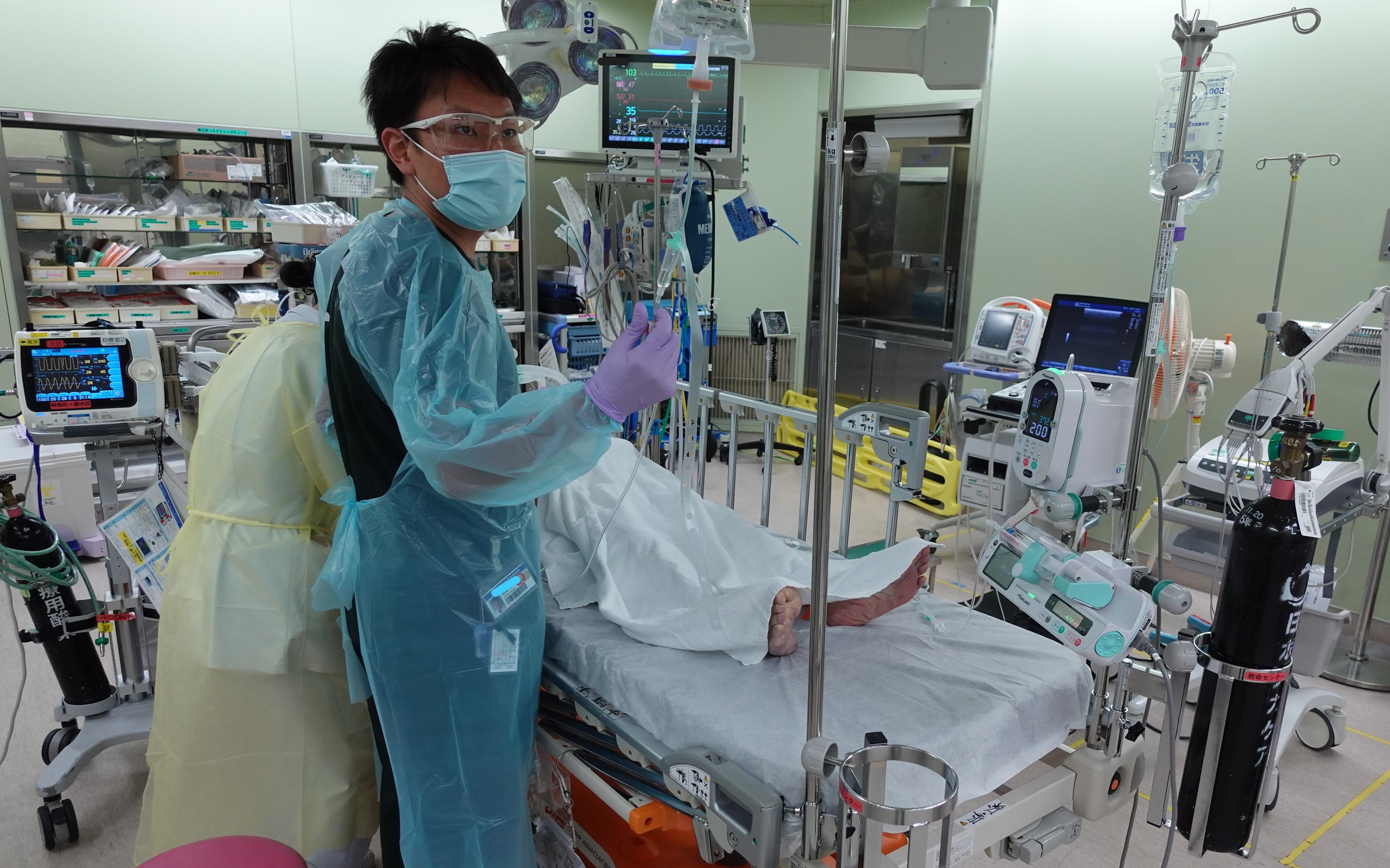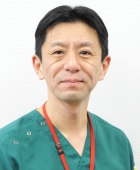Centers & Services
Top > Centers & Services > Central Clinical Services > Critical Care and Emergency Medical Center/ER
Critical Care and Emergency Medical Center/ER

In order to respond to the emergency medical care needs in Tokyo, the Critical Care and Emergency Medical Center/ER provides a wide range of critical and emergency medical care.
Medical services
Initial care is provided for acute illness, injury, burns, poisoning, and so on. The Critical Care and Emergency Medical Center/ER is equipped with emergency imaging examinations (CT, XR), and 3 resuscitation rooms, 4 observational rooms and examination rooms devoted to pediatrics, obstetrics and gynecology, ophthalmology, otorhinolaryngology, and dentistry. For patients who need intensive care, there is an EICU (8 beds) and the emergency ward is equipped with 12 beds for immediate hospitalization and observation.
Treatment Policy
We aim to provide advanced medical care according to the disease condition to all patients who need urgent diagnostic treatment.
Specialties
Because at least one doctor from each department is regularly stationed in the hospital, Emergency Services covers all areas of emergency care. In addition, through cooperation with the other departments, emergency imaging, specimen tests, and surgeries can be conducted 24 hours a day.
Kent Doi
Departments/Divisions
Emergency and Critical Care Medicine, Critical Care and Emergency Medical Center/ER, Department of Intensive Care Unit, Department of Medical Engineering, Department of Disaster Medical Management
Titles
M.D., Ph.D.
Expertise/Specialties
Critical care medicine, Emergency medicine, Nephrology
Research Interests
Sepsis, Multiple organ failure, Acute kidney injury, Blood purification
Languages
English/Japanese
The establishment of comprehensive medical care systems in 2010 has enabled us to provide all patients requiring primary to tertiary care with emergency physicians' treatment, as necessary. In addition, construction work to install 6 ICU beds to be exclusively used for critical care and an emergency ward consisting of 14 beds took place from May to July, 2010, in order to establish a system to provide patients in a serious condition with emergency care on a 24-hour basis. Although the number of emergency patients temporarily decreased due to construction work, the number of those requiring tertiary emergency care has been particularly and rapidly increased since then.
Annual number of outpatients
| 2010 | 2011 | 2012 | 2013 | 2014 |
|---|
| Emergency care | 760 | 675 | 693 | 658 | 658 | - |
| Transported by ambulance | 1,817 | 1,755 | 1,906 | 1,916 | 1,832 | - |
| Emergency hospitalization | 220(from August) | 268 | 249 | 271 | 293 | - |

